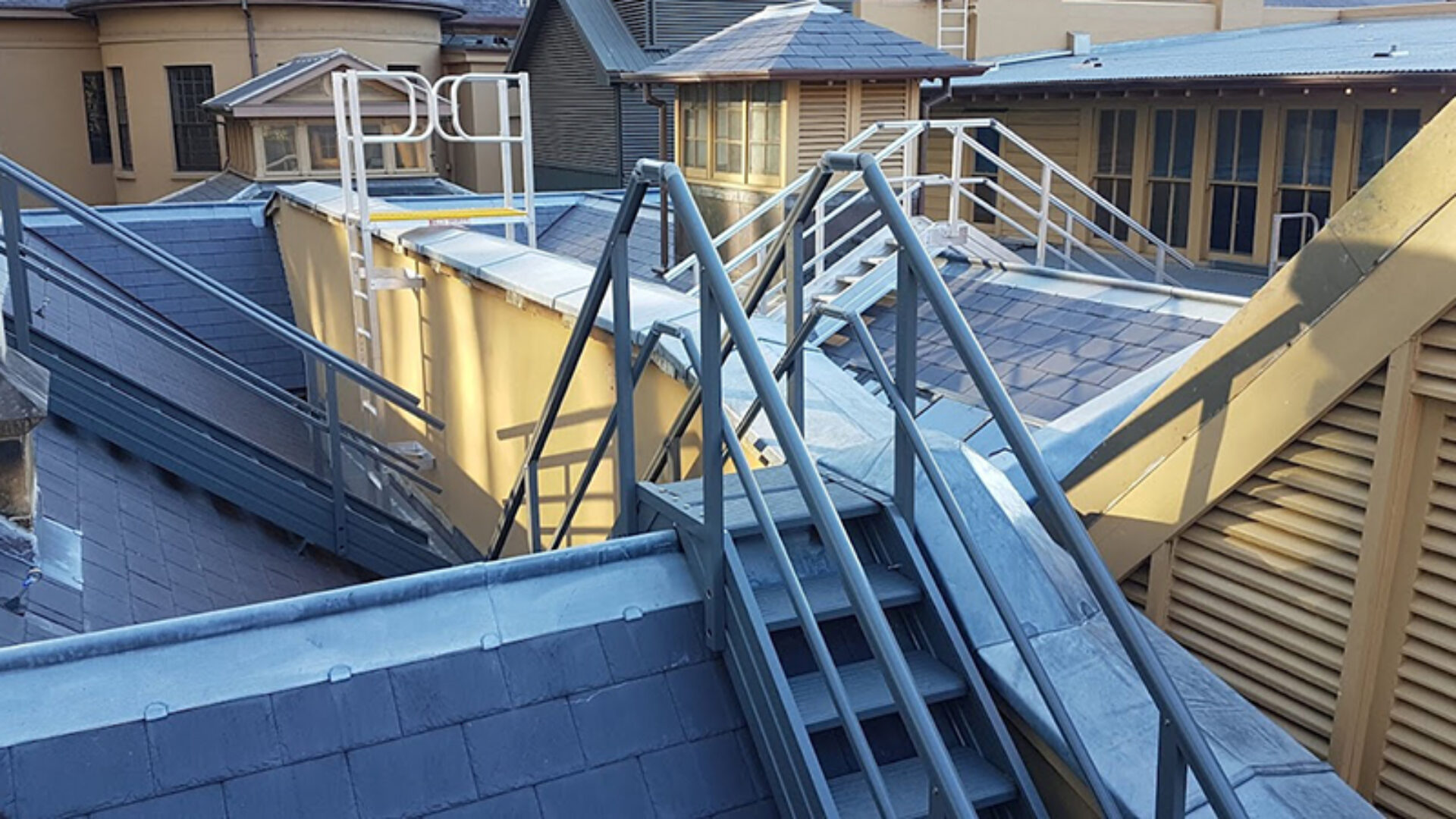Having a fall protection system on your roof does not mean your safety responsibilities are complete.
Recognising the need for a permanent fall protection system and getting one installed is only the first step when it comes to providing compliant and comprehensive protection for those working at height.
Once your fall protection system is installed, there are still actions and processes that need to be undertaken as part of its everyday use to ensure those using the system are kept safe.
Induction
Having an induction process for your fall protection system ensures the workers who will be utilising or operating the system understand both how to use the system as well as its limitations.
Not all fall protection systems are the same. Not all roofs are the same either. All workers needing to access an area using a fall protection system need to be aware of how the system is to be used in the location it is installed.
Documentation (SWMS and permits)
Undertaking high risk work often involves some level of administrative risk control. In most cases, this will take the form of a safe work method statement (SWMS). If the work is being undertaken in a confined space a permit to enter the confined space may also be required.
A SWMS is the most common form of administrative risk control. It is a document that everyone undertaking relevant work must read and sign. They outline the types of work involved, identify the hazards and risks associated with the work as well as detailing the control measures, their implementation and monitoring.
The permit to enter a confined space outlines the confined space being entered, the name of the people permitted to enter, the time the work will be undertaken, control measures for associated hazards with entering and working in the confined space. It will also contain a sign-off that everyone has exited the confined space at the completion of work.
Equipment (PPE)
Most fall protection and height safety systems will require a worker to use personal protective equipment (PPE).
The most common piece of PPE is a fall arrest harness. These harnesses come in a variety of styles, with different attachment points for use with different types of systems.
Other types of PPE can include fall arrest devices, ropes, carabiners, rescue equipment and more.
Training
Workers operating a fall protection or height safety system require the correct skills to do so properly and safely. Training can be provided by a registered training organisation, or RTO (HSE is an RTO, you can look us up using our RTO number 91227).
While there are some training courses that every person should have, when it comes to skills needed to safely operate a fall protection, there are two courses that are of most importance.
RIIWHS204E Work safely at heights is a foundational height safety course that teaches participants the basic skills required to common height safety systems, including anchors and static lines, as well as basics around identification and mitigation of the hazards present when working at heights.
For those using fall protection equipment in and around confined spaces, a one-day confined space training course is a must have. Confined space training gives participants not only the skills to safety enter and work in confined spaces, but also how to identify the unique risks associated with working in these areas.
System maintenance (Recertification)
Once a system is installed, it is required to be inspected and recertified as compliant at least once every 12 months. This inspection is critical to making sure your system is still in good working order.
There are many reasons why a system may fall out of compliance after it is installed. Anything that modifies, damages, or removes a component of the system – whether it be an anchor point, section of static line or ladder bracket – could render it non-compliant.
Installation of solar panels is one of the most common reasons our inspectors see as a reason for non-compliance. They are often installed over the top of existing roof anchors, or the anchors are damaged as part of the installation process. Other building works can also affect the compliance of a system, as can damage from external factors such as storms.
It is critically important that a regular recertification schedule be included as part of your building’s regular maintenance program.
Safety never stops
Understanding that safety is never “finished”, is an important role of building managers, building owners, facilities managers, and others responsible for people undertaking work in high-risk locations.
Height Safety Engineers have the expertise to help guide you through all the safety issues that arise when people need to work at heights, in confined spaces or in any area where there is a risk of injury from a fall. Our comprehensive service offering makes keeping people protected simple and effective.
Falls from height remain one of the most common sources of workplace injury. Talk to our team today and make sure your workers and contractors are protected with best practice safety, made perfect.





